We completed our study of F with a unit titled F is for force. We explored the three types of force with these pushing, pulling, and shearing activities for preschoolers. To help the children explore these forces more completely, we completed a pushing/pulling obstacle course, and then quieted down with a shearing worksheet.
For our obstacle course, I headed over to our neighborhood park with our soccer balls, pop up tube, and little wagon. I talked with my kids (and a few I had borrowed) about what force was. Then we ran through the obstacle course – including parts of the playground and enjoyed the warm weather. After we had gotten home, we talked about the final type of force and practiced it.
Outdoor Force Obstacle Course
Objective: To help children understand and experience two types of force: Pushing and pulling, while encouraging gross motor skills development.
Materials:
Soccer balls or other balls that can be kicked
A wagon, or other object that can be pulled over grass and can hold balls (strollers, wheelbarrows, etc.)
A pop-up tube or other container that can be used to hold the balls (laundry basket, 5-gallon bucket, etc.)
Set Up
Place the soccer balls in a line at the beginning of the course. After pacing off 30 steps, place the wagon. Finally, pace off another 30, steps and place the tube. (Distance can be adjusted based on age and ability of children doing the course).
Discussion:
Talk to the children about the different types of force – pushing, pulling, and shearing. Explain that these forces are how we move and act on things in our world. Walking is a pushing action; kicking is a pushing action; swinging uses both pushing and pulling; wagons use a pulling action, etc. Explain that shearing occurs when a pushing force and a pulling force work against each other – like scissors.
Now, explain how the obstacle course needs to be run.
Children will go one at a time and dribble (pushing force) a soccer ball down to the wagon. Next, they will place the soccer ball in the wagon and pull the wagon down to the tube. Then they will put the ball in the tube, and grab another ball from inside the tube.
They will take the ball back to the wagon and pull the wagon back to where the wagon was set. Finally, they will dribble the ball back to the starting line.
Once all the children ran through the course, we went over to the play equipment and talked about what type of force each used. My children loved the merry-go-round and the swings—both of which use pushing and/or pulling forces.
After all that running and playing, my kids were ready for a sit down, quiet activity – which was perfect for the shearing activity I had.
Shearing Exploration Activity
Objective: Help the children experience how a shearing force works and develop some fine motor skills.
Materials:
One shearing practice page, available here, for each child.
One pair of scissors for each child.
Method:
Print out the practice page and hand a pair of scissors to each child.
Explain that shearing is a force that happens when a pushing and a pulling force work against each other, like the blades of the scissors. Be sure to watch the children closely during this activity because they are using scissors. Explain that they need to cut on the lines, as closely as possible.
My kids seemed to have a fun time cutting the lines. They struggled a little with the zigzag line, but enjoyed the challenge nonetheless.
These to activities were a great way to finish off our letter F unit. We’ll be working on G next.

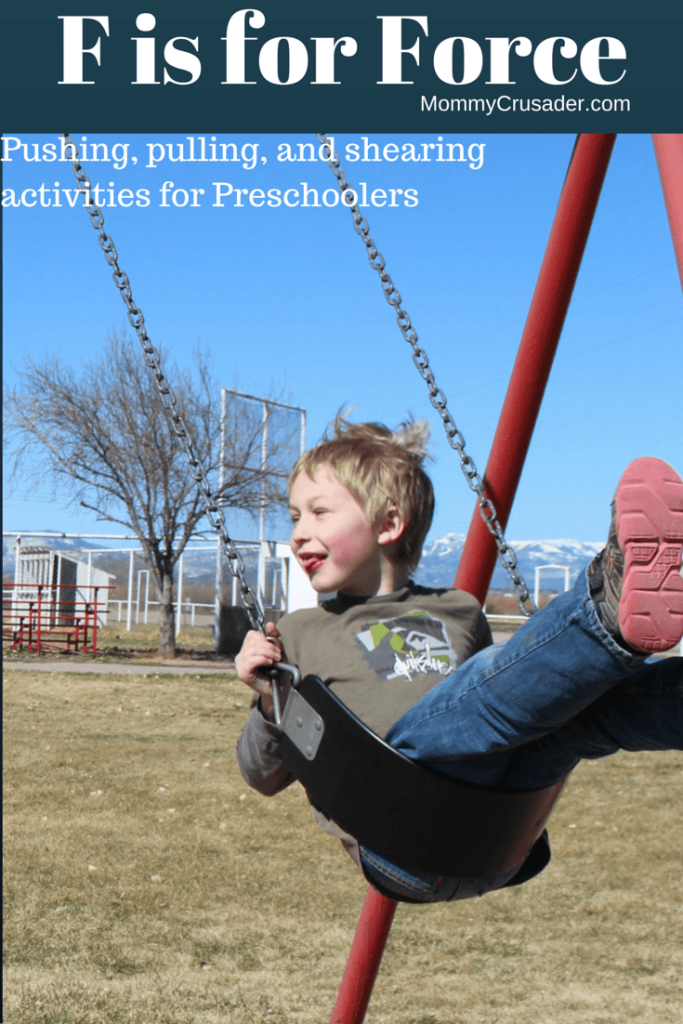
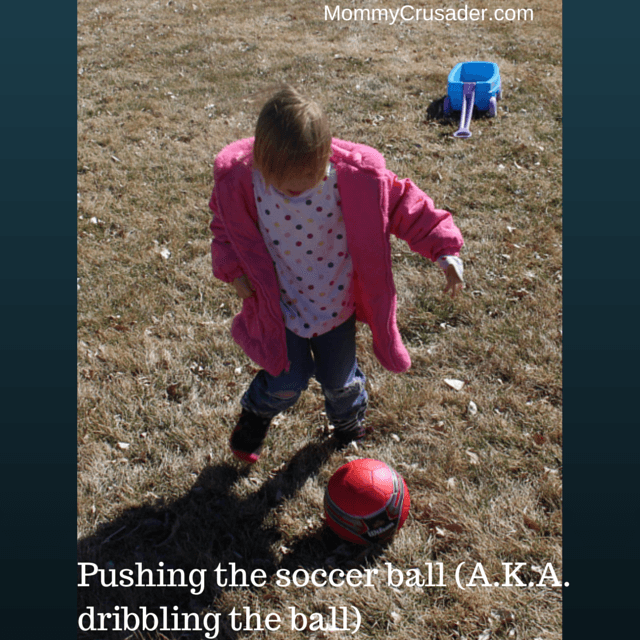

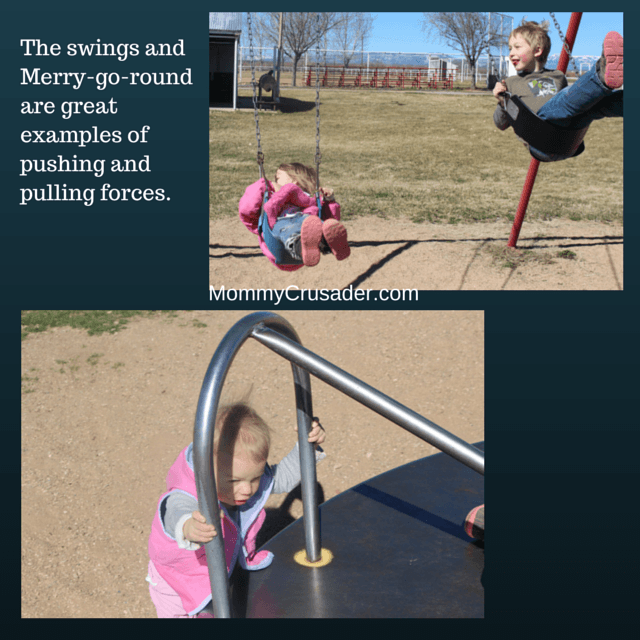
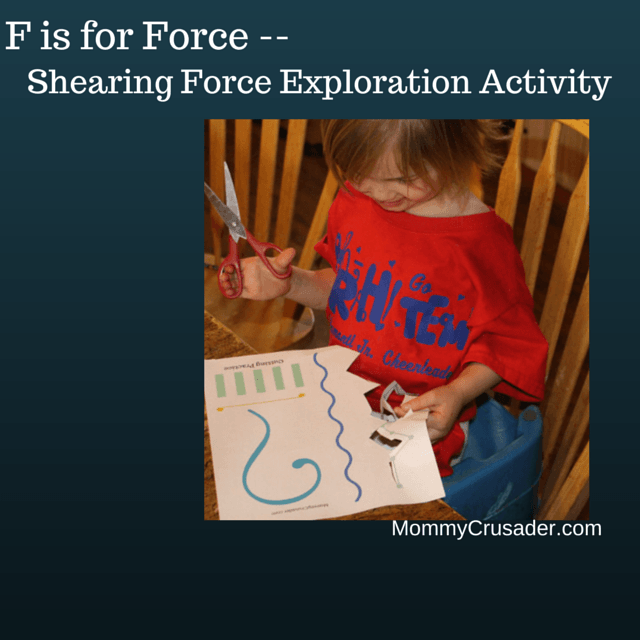
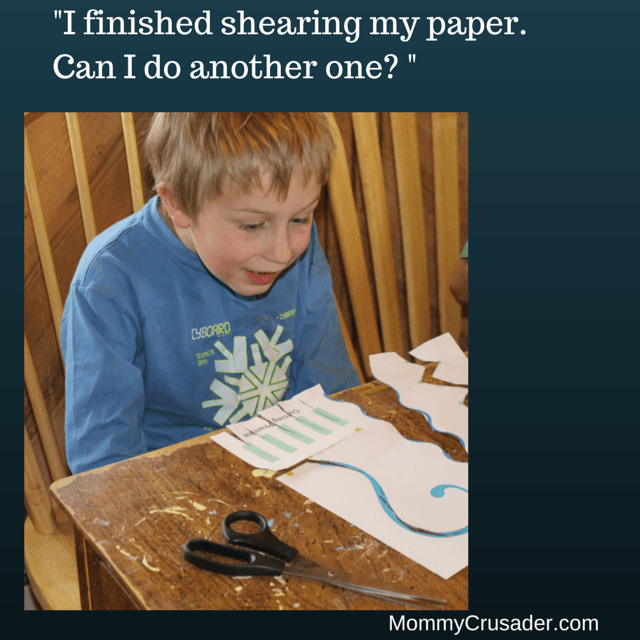

Permalink
Nice ideas Deborah!
Permalink
Thank you, Dhiyana!
Permalink
Hello beautiful! Thank you for hosting such a fabulous party. I love it! If you get a minute, please stop by our party . We pin and tweet each and every project.
Lou Lou Girls
Permalink
Thanks so much for coming to visit. I hope to have my massive project done for your party soon. Thanks for being patient.
Thanks for being patient. 
Permalink
Love when you can learn outside!
Permalink
Me too! Thanks for coming to visit.